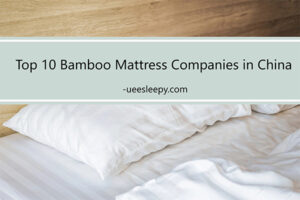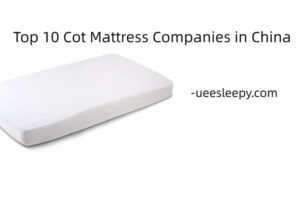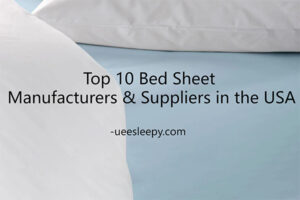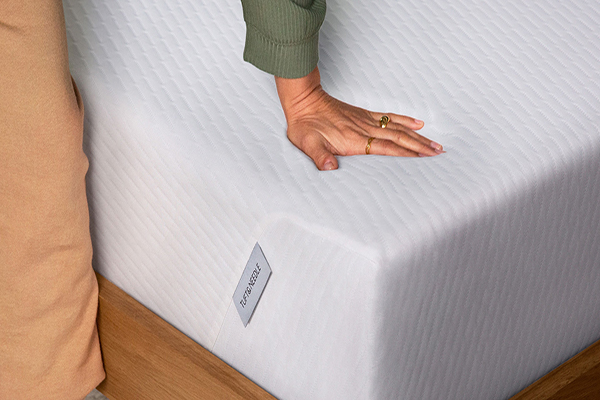You want to buy a new mattress, but you can’t choose the right model for the oversupply of models. There are soft mattresses, firm mattresses, high-quality mattresses, and cheap mattresses. Whenever you need a mattress, the best way to keep track here is to check out mattress comparisons. Fortunately, there are many different mattress tests to choose from, so you can orient yourself based on the experience and knowledge of others and compare different mattresses. Of course, this is a mattress testing guide.
In Hong Kong, there is currently only one official testing agency, the Consumer Council of Hong Kong. In Best Mattress, we would like to give you an overview of how this type of test is structured and works. The only way to find out if a mattress lives up to its promise.
1. How do you test mattresses?
A mattress testing guide can give you detailed information about different aspects of a particular brand and/or type of mattress. They are very useful as they allow you to compare different models and choose the one that best suits your needs. This greatly reduces the risk of buying – especially if you decide to buy from an online mattress reseller. But how exactly are mattresses inspected and tested? In a few weeks, Best Mattress will release lab-based test results. how do we do it Let us explain it to you!
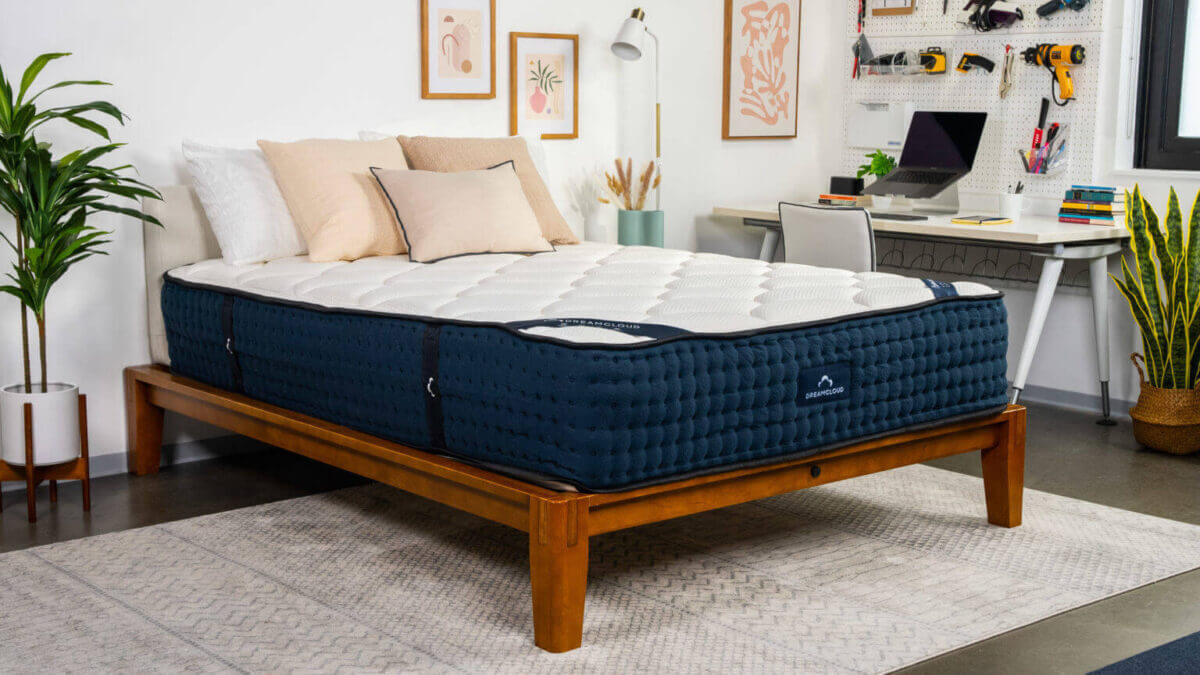
2. Best Mattress Hong Kong test standard:
- Durability test: Simulate mattress use for 6-8 years.
- Point Elasticity Test: Measures the ability to compress a very small area without affecting the area next to it.
- Zoning Test: Evaluates the ergonomics of mattresses.
- Subjective comfort test: People of different weights and shapes lie on the mattress and talk about their feelings.
- Washing test: evaluate the shrinkage of the quilt cover after washing at 40°/60°.
- Ease of use: Evaluate the weight of the mattress, and how easy it is to transport.
3. Mattress test description
Here are some of the test methods provided by the Mattress Testing Guide.
1) Durability (life check) DIN EN1957
The test involves simulating normal use of the mattress over a period of 6 to 8 years to see how its functionality changes. In other words, it is used to see how hardness changes over time. It is also taken into account whether the person weighs 60kg, 80kg, or more.
First, we take the model out of the package. After rolling it with a roller for 100 cycles, we check its hardness after 5 hours. After the first test, the rolls are again subjected to up to 15,000 cycles, after which we can measure the hardness again and extract the results.
The first machine used was a 140 kg rolling mill which, as mentioned above, rolled 100 cycles in the first step and 15,000 cycles in the second step on the mattress. This simulates 6-8 years of use. A second machine measures mattress firmness after 100 and 15,000 rolling cycles using a test bench with rollers.
The test bench machine provides two important key figures:
1. Technical hardness: the force required for the mattress to sink 1mm
2. Subjective hardness: the hardness of the mattress is graded from 1 (very hard) to 10 (very soft).
How are the results evaluated?
The best mattress is one that retains the same original properties and provides the same support after several years of use. To evaluate it, we compare the technical hardness value at initial conditions (we take it after the first 100 cycles) with the value obtained after 15,000 cycles and derive the percentage (%) hardness loss. We also removed the cover and inspected it for damage to the inside (core and sides). The lower the percentage of strength loss, the more durable the mattress.
2) Point elasticity test – DIN SPEC68200200
The purpose of this test is to test the ability of a mattress to squeeze into a small area without affecting the rest of the mattress (especially adjacent areas). For clarity, an example: We want to know if you wake up when your partner (or pet) is lying next to you at night.
What should we do?
The test uses an indenter to apply force to the mattress at two specific points according to regulations. The indenter is just above the center or core of the mattress, 450 mm from the sides, coincident with the shoulder area, and the final value is the height of the midpoint between the two hemispheres. Therefore, the independence of pages can be understood.
How are the results evaluated?
The higher the center height, the better the elastic point of the model. This means that the mattress can further compress sunken body parts without compromising support for the rest of the body. The flex point is the ability to push down a very small area without affecting the environment. This test can be used to assess whether the movements of the second person in the bed are disturbing the sleep of the other person.
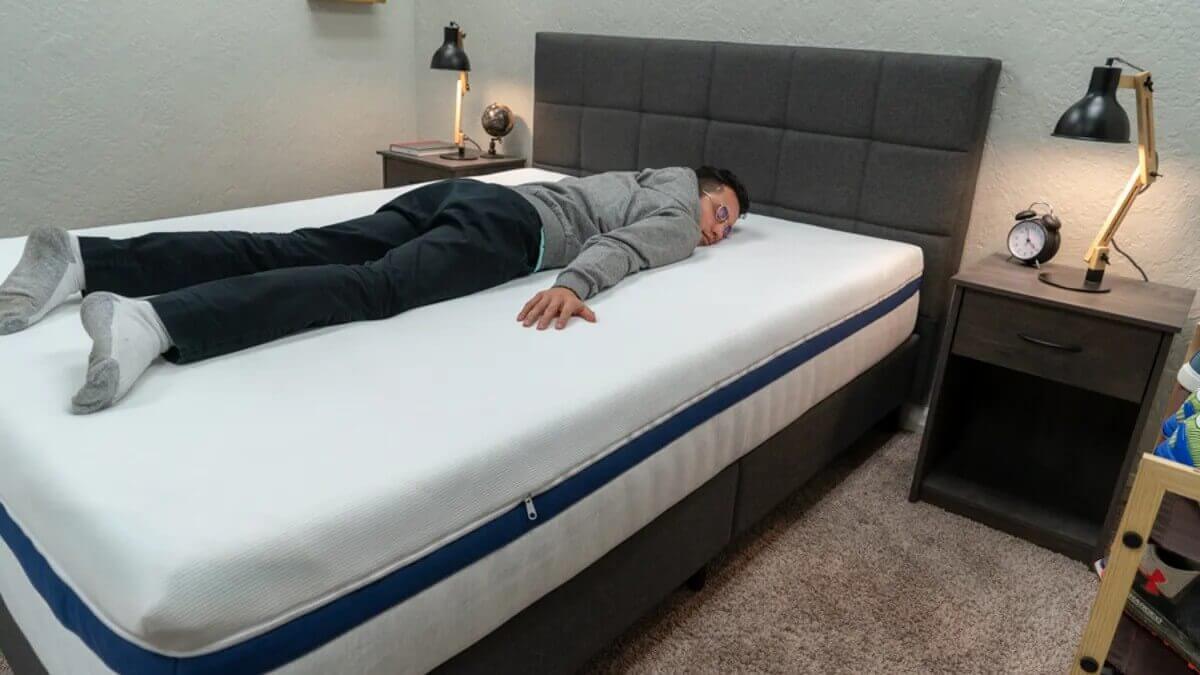
3) Mattress test of partition test
This test analyzes how the mattress adapts to the body. How is the test done?
How is my back weight supported?
The purpose of this test is to check how the body sinks along the mattress and get the curve that shows the mattress.
How is the test done?
The machine contains multiple hooks that push different points onto the surface, creating small gaps and measuring how far the points sink.
How do we evaluate results?
What we get as a result is a series of values (in millimeters) that represent how low each point is reflected in the graph, where you can easily identify the different areas. According to the results of 2 or 3 specific points on the mattress, we can judge the degree of support for the back and side-lying position during sleep.
4) Mattress test of comfort test
This test is based on the different opinions of people and their perception of the model under test.
How does it work?
Test models are overlaid to avoid distortion. Subjects were invited to rate the mattress on a scale of 1 to 10. Usually, lighter and heavier people are used for this test. The test measures things such as the comfort of the tester’s spine, body contour, support, and alignment.
It is possible to tell how far a person has sunk and whether they are getting the right support. The mattress should also conform to the body, meaning the spine stays in a straight line when lying on your side.
How are the results evaluated?
Each model gets a final score based on the average of all participant ratings.
5) Mattress test of washing test
This test analyzes the amount the material shrinks after the cover is washed according to the washing instructions.
How does it work?
Measure the different ends of the cover before and after washing at the highest temperature suggested in the instructions.
How are the results evaluated?
The greater the area of material reduction, the worse the rating.
6) User-friendliness
Weight and ease of steering are assessed here.
What is it for?
The goal is to assess how easy it is to move or rotate the mattress when the customer desires it.
How do we conduct this test?
In this category, we mainly focus on two aspects: weight and whether or not there is a handle (and its location).
How do we evaluate results?
The heavier the mattress, the more difficult it is to move and transport. Therefore, heavy models have lower scores. If the handle is placed in the correct position, it is a good score.
For the grip system, we usually express it like this:
1 – No handle
5 – The handle is located under the mattress.
10 – The handle is located on the side of the mattress.

4. Other tests we perform
In this mattress testing guide, we also conducted other tests.
1) Check if the mattress emits a certain smell when opened.
Because cold foam or latex mattresses can smell a little bad at first. Usually, when you make these types, certain gases are released that you will smell later when you first take a brand-new mattress out of the packaging. However, these gases are completely safe if the model is equipped with Ökotex seals.
2) Check the moisture retention to see if it is suitable for people who sweat a lot.
If you already have a shortlisted model, make sure it has a good rating from us or another testing method. The models you get should be a good choice, after all, they spend a third of your life in bed! You can find out if your favorite mattress is ideal on our comparison page.
5. Conclusion
If you already have a model, make sure it already has good reviews from our mattress testing guide or other testing methods. The models you get should be a good choice, after all, they spend a third of your life in bed!
How useful was this post?
Click on a star to rate it!
Average rating 5 / 5. Vote count: 2
No votes so far! Be the first to rate this post.



